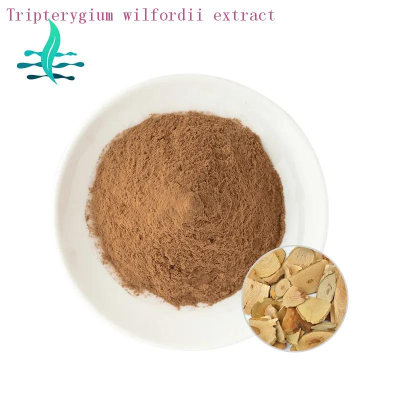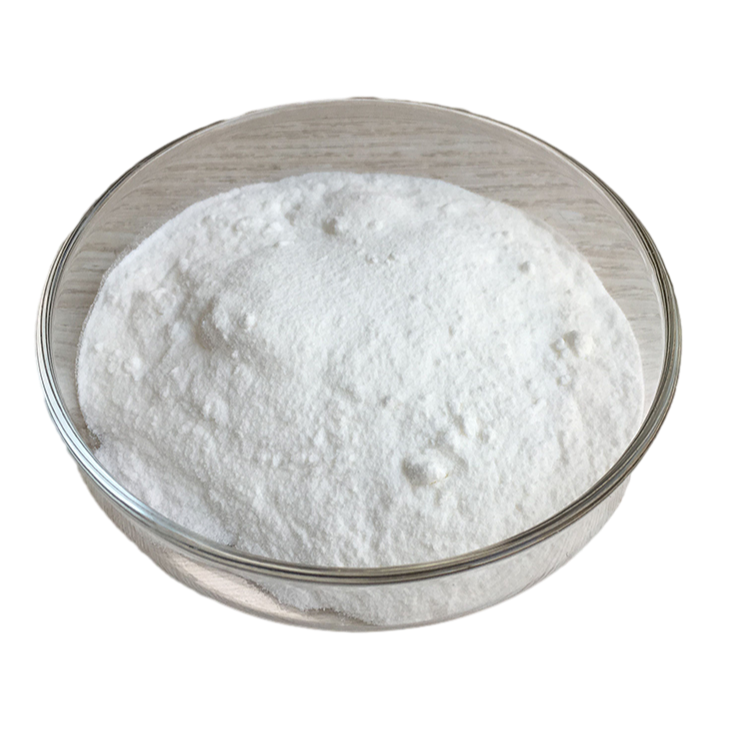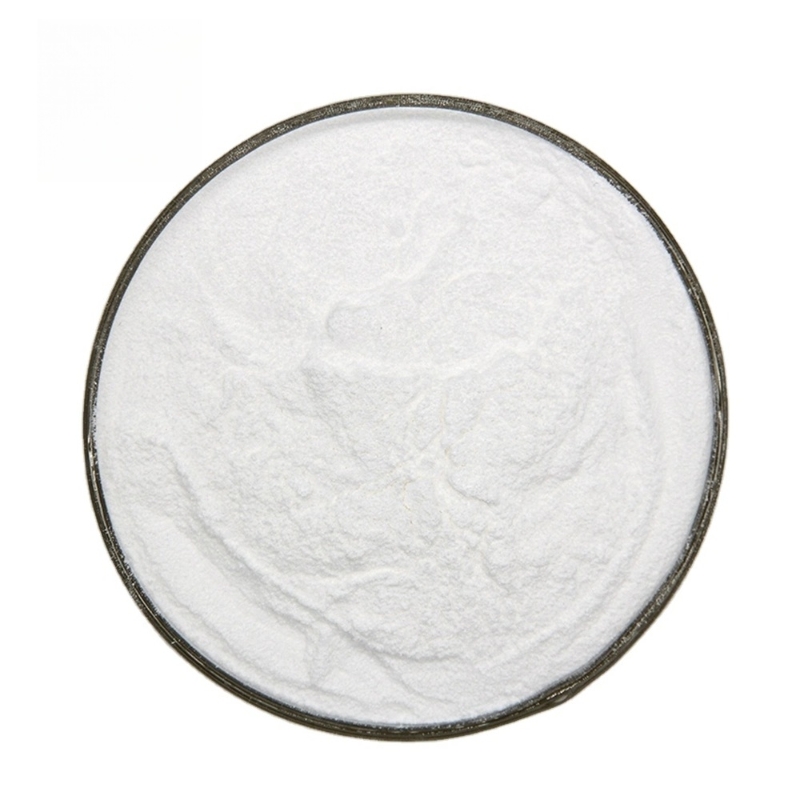-
Quantitatively Profiling Genome-Wide Patterns of Histone Modifications in Arabidopsis thaliana Using ChIP-seq
Time of Update: 2021-01-18
Since first being reported in 2007, chromatin immunoprecipitation followed by high-throughput sequencing (ChIP-seq) has soon became a popular method-of-choice for profiling chromatin modifications and transcription factor-binding sites in eukaryote genomes.
-
Mutation and Mutation Screening
Time of Update: 2021-01-18
The powerful targeted induced local lesions in genomes (TILLING) technique has introduced the possibility of reverse genetics—the ability to screen for mutations at theDNA level prior to assessing phenotype.
The techniques of mutation induction, dose optimization, and TILLING are explained.
-
Identification of Regulatory Protein Genes Involved in Alkaloid Biosynthesis Using a Transient RNAi System
Time of Update: 2021-01-18
We report here the use of transient RNAi to isolate regulatory factor genes involved in isoquinoline alkaloid biosynthesis inCoptis japonica protoplasts.
The potential of this transient RNAi system to characterize the functions of regulatory factor genes in alkaloid research is discussed.
-
Induction of Embryogenesis in Callus Culture
Time of Update: 2021-01-18
The capacity of a cell to produce an embryo is not limited to the development of the fertilized egg.
It seems that the influence of a hormone, such as auxin, rejuvenates the cell so much that it reacquires the capacity of a zygote to produce an embryo.
-
The Polymerase Chain Reaction (PCR): General Methods
Time of Update: 2021-01-18
PCR utilizes components of the cellular machinery of mitotic cell division in vitro which respond predictably to user inputs.
This chapter introduces the principles of PCR and discusses practical considerations from target sequence definition through to optimization and application.
-
Tannins
Time of Update: 2021-01-18
On the other hand, hydrolyzable tannins are potentially toxic to animals.
Consumption of feeds containing high levels of hydrolyzable tannins cause liver and kidney toxicity and lead to death of animals.
-
Micropropagation of Helleborus through Axillary Budding
Time of Update: 2021-01-18
The commercial exploitation of this plant is dependent on the selection and propagation of appropriate lines.
Thereby the development of reliable in vitro propagation procedures is crucial for future production systems.
The described protocol provides information which can contribute to the commercial production ofHelleborus plants.
-
Plastid Transformation as an Expression Tool for Plant-Derived Biopharmaceuticals
Time of Update: 2021-01-18
Further, the plastid transformation technology is an environmentally friendly method because plastid and their genetic information are maternally inherited in many species with a consequent lack of transmission of plastidDNA by pollen.
-
High-Frequency and Efficient Agrobacterium-Mediated Transformation ofArabidopsis thaliana Ecotypes C24 and Landsberg erecta Using Agrobacterium tumefaciens
Time of Update: 2021-01-18
Many reports have indicated the high regeneration potential of cotyledon explants at various stages of development in maturing embryos or after seed germination ( 14 – 17 ).
-
Manipulation of Shoot Formation in Cultured Explants
Time of Update: 2021-01-18
Regeneration of buds, shoots, and roots in cells and explants in vitro has provided useful developmental systems to analyze the processes of cell differentiation and morphogenesis.
Interest in these studies was greatly stimulated by the demonstration of chemical regulation of morphogenesis in 1957 by Skoog and Miller ( 1 ).
-
Surface Plasmon Resonance Analysis of Interactions Between Replicase Proteins of Tomato Bushy Stunt Virus
Time of Update: 2021-01-18
Understanding the various biochemical activities of the replication proteins can lead to target identification for human intervention to control viral infections or the damage to the host cells.
-
Formulations of Biopesticides
Time of Update: 2021-01-18
These include the impact on the target pest, market size and spectrum of pests affected by the biocontrol agent, vari ability of field performance, costs of production, and a number of technologi cal challenges, including fermentation, formulation, and delivery systems ( 1 – 42 ).
-
Analysis of DNA Methylation in Plants by Bisulfite Sequencing
Time of Update: 2021-01-18
SubsequentPCR and sequence analysis of individual amplicons displays the degree, position, and sequence context of methylation of every cytosine residue in individual genomic sequences.
We describe the application of bisulfite sequencing for the analysis of DNA methylation at defined individual sequences of plant genomic DNA.
-
Automated Microscopy in Forward Genetic Screening of Arabidopsis
Time of Update: 2021-01-18
Forward genetic screens employing well-characterized reporter lines can be used to identify as yet unknown genetic factors driving specific aspects of individual regulatory pathways.
However, such screens are demanding with respect to data acquisition and analysis from thousands of mutant lines.
-
Direct Detection of Plant Viruses in Potato Tubers using Real-time PCR
Time of Update: 2021-01-18
Virus indexing of seed potatoes can be carried out by growing eye plugs to produce small plants and then testing them by ELISA, but this method is time consuming. Direct testing of the eye plugs by E
-
Computer Analysis of Amino Acid Sequences: The Case of Plant Virus Capsid Proteins
Time of Update: 2021-01-18
Genome sequences are of minimal use without an adequate interpretation of the sequences of putative protein products, which is only possible on the basis of detailed computer analysis.
-
Characterization of Rice Genes Using a Heterologous Full-Length cDNA Expression System
Time of Update: 2021-01-18
This system was applied to high-throughput analysis of rice genes through heterologous expression inArabidopsis (rice FOXArabidopsis lines).
We demonstrated that it is possible to carry out high-throughput analysis of gene function by utilizing rice FOXArabidopsis lines.
-
Biological Chemistry of Virus-Encoded Suppressors of RNA Silencing: An Overview
Time of Update: 2021-01-18
As an efficient counter-defensive strategy, most plant viruses evolved the ability to encode specific proteins capable of interfering with RNAi, and this process is commonly known as RNA silencing suppression.
-
Soybean (Glycine max) Transformation Using Immature Cotyledon Explants
Time of Update: 2021-01-18
The immature cotyledon method includes direct induction of transgenic somatic embryos from the explant plated on selective media after cocultivation, followed by maturation and regeneration of individual somatic embryos into whole plants.
-
Micropropagation of Cordyline terminalis
Time of Update: 2021-01-18
This protocol describes an efficient and rapid method for large-scale multiplication ofCordyline terminalis in a cost-effective manner.
Thousands of micropropagated plants were produced within 4–5 months using this protocol.







